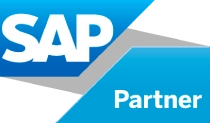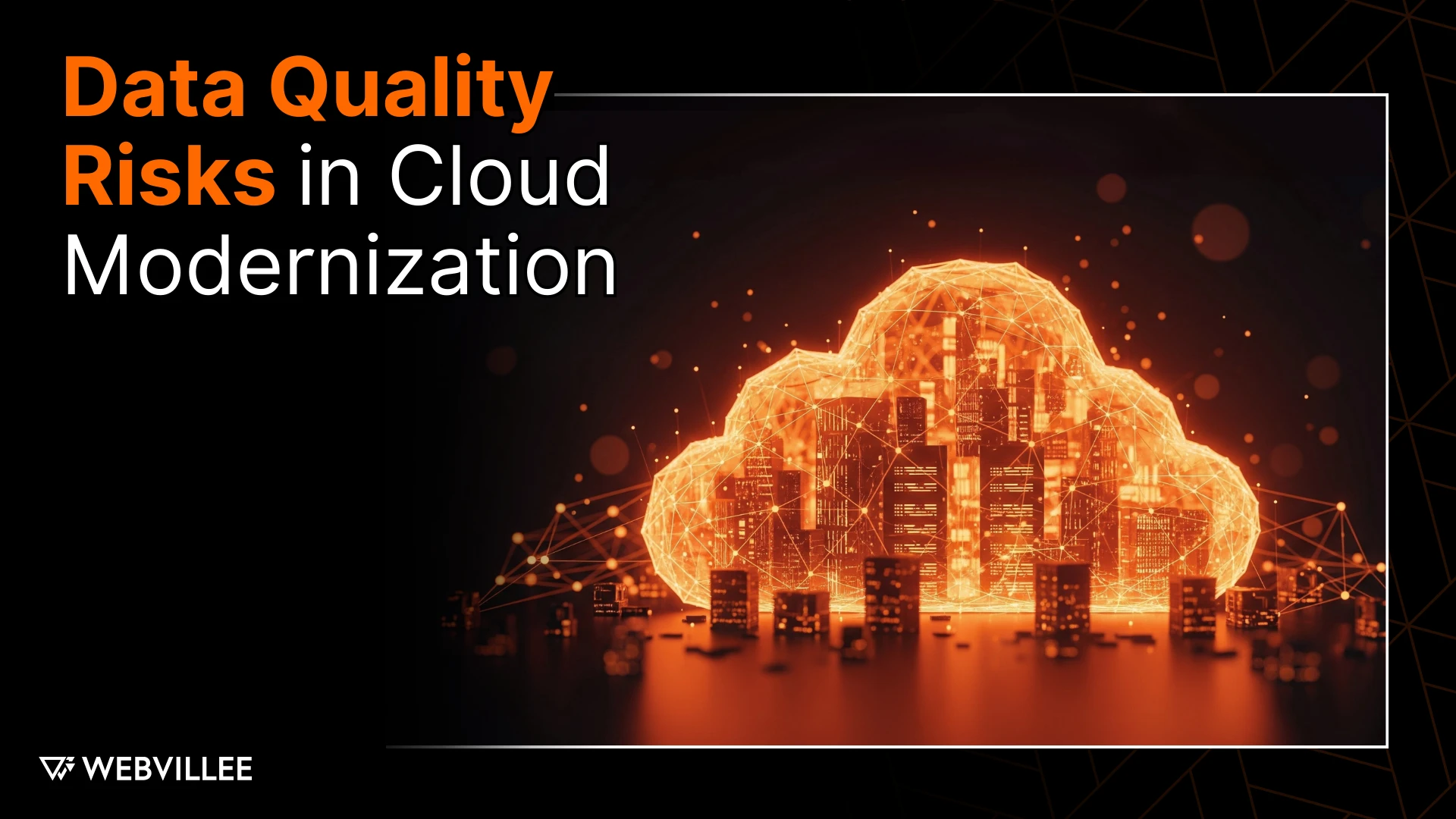Why Does Data Quality Matter in Cloud Modernization?
Data quality is critical in cloud modernization because inaccurate or incomplete data disrupts processes, decisions, and business performance. Poor-quality data weakens the core advantages of the cloud, such as scalability, automation, and system integration. When data is inconsistent or outdated, it prevents businesses from using the cloud effectively to gain reliable insights and streamline workflows. These risks in cloud modernization make it harder for decision makers to achieve the return on investment they expect.
The most common cloud data risks include:
- Incomplete legacy data that hinders migration success
- Duplicate records that distort analytics
- Data silos that block integration and visibility
- Weak governance that creates compliance challenges
- Inconsistent standards that cause reporting failures
In the next sections, we will explore each of these risks in detail and explain how organizations can address them while adopting a cloud solution.
What Happens If Legacy Data Is Incomplete?
Incomplete legacy data leads to broken processes, missing insights, and failed migrations.
When businesses attempt to move legacy systems into the cloud, missing or outdated records quickly become a roadblock. Issues such as missing customer fields, incomplete transaction history, and inconsistent formatting often surface during migration. These gaps reduce the reliability of applications and reporting once the data is live in the cloud.
Typical legacy data migration issues include:
- Old records that lack required fields for modern applications
- Customer or vendor information that is no longer valid
- Data formats that vary across departments, making consolidation difficult
Poor data mapping further slows adoption, as every mismatch adds manual corrections or rework. This increases costs, extends project timelines, and introduces unnecessary risk. For many businesses, this can also undermine their larger digital transformation efforts, since core processes like billing, reporting, or customer management depend on clean, complete data.
By profiling legacy data in advance and filling gaps through enrichment, organizations can prepare cleaner inputs for migration and reduce the risk of project failure.
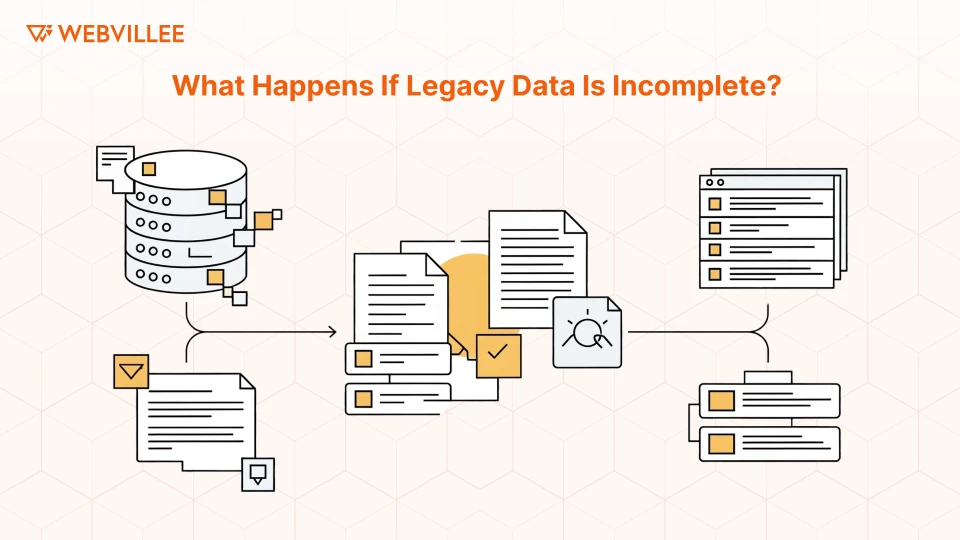
Why Is Duplicate Data a Major Cloud Risk?
Duplicate data creates confusion, inflates storage costs, and causes errors in analytics.
When duplicate records exist across enterprise systems, they compromise the reliability of cloud migration. For example, customer data might be stored twice under different spellings, or financial entries might be duplicated across systems. Once these issues move into the cloud, they distort reports and mislead decision makers.
In CRM & ERP systems, duplicates lead to serious operational risks. Sales teams may contact the same client multiple times, finance teams may struggle with reconciliations, and analytics may reflect incorrect revenue trends.
These duplicate entries are one of the most underestimated risks in cloud modernization. They reduce confidence in the system and drive up unnecessary storage costs.
Cleansing duplicates before migration ensures consistency and reliability. This requires running de-duplication tools, enforcing strict validation rules, and creating master data records. Organizations that invest in these steps benefit from accurate reporting and avoid costly rework after migration.
How Do Data Silos Affect Cloud Modernization?
Data silos block integration, limit visibility, and weaken decision making in the cloud.
In many organizations, separate departments maintain their own databases without proper coordination. These silos create redundancies, as the same data may be collected and stored differently in different systems. Once migrated, siloed data disrupts the cloud’s ability to unify processes and provide a single version of the truth.
The impact of breaking down data silos in cloud includes:
- Better collaboration between departments with shared visibility
- Streamlined reporting and dashboards without conflicting data sources
- Improved efficiency by eliminating redundant processes
Without addressing silos, businesses cannot unlock the full potential of cloud modernization. Managed IT Services play a key role here by creating integration frameworks and ensuring that all systems talk to each other effectively.
Building a unified data model before migration helps avoid fragmentation, reduces duplication of effort, and ensures consistency in reports and analytics.
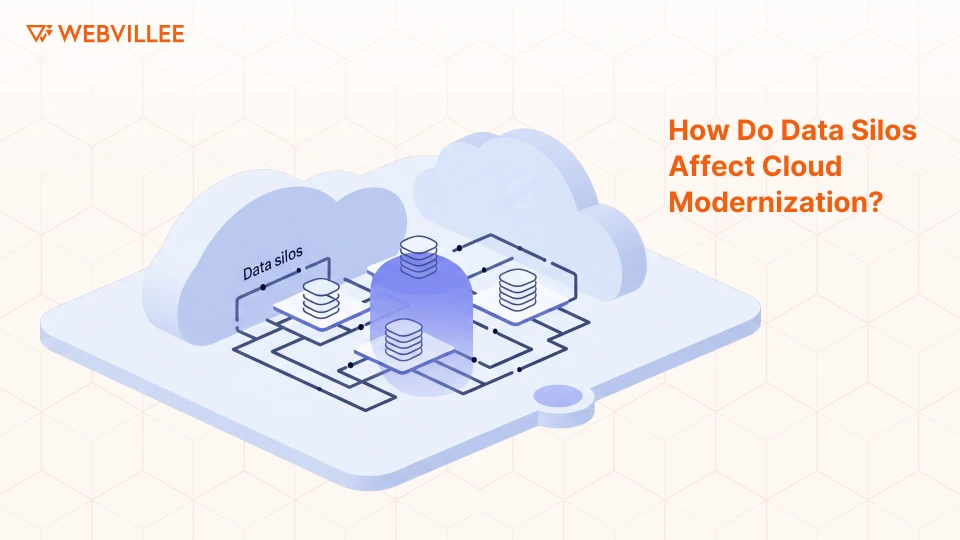
What Are the Risks of Poor Data Governance in the Cloud?
Without governance, businesses face compliance risks, security breaches, and unreliable reporting.
Cloud modernization introduces new challenges in managing access, monitoring compliance, and maintaining trust in data. Weak governance creates confusion about who owns the data, who can edit it, and how it should be secured. These gaps expose businesses to both internal errors and external threats.
Common cloud data governance challenges include:
- Lack of access controls, leading to unauthorized data use
- Inconsistent compliance policies across regions
- Poor documentation of ownership and accountability
These governance gaps are also one of the critical risks in cloud modernization. They not only delay migration projects but also damage business credibility when errors or breaches occur.
By applying strong frameworks like those supported by SAP Services, businesses can implement clear governance policies, audit trails, and compliance checks. This builds trust and ensures data integrity in the cloud environment.
How Can Inconsistent Data Standards Derail Cloud Projects?
Inconsistent formats, units, and naming conventions cause integration errors and reporting failures.
When data standards vary across departments or systems, it becomes nearly impossible to achieve accurate results in the cloud. Even small differences, like one team using “mm-dd-yyyy” for dates and another using “dd-mm-yyyy,” can lead to reporting errors and system conflicts.
Examples of these inconsistencies include:
- Mismatched date formats across different applications
- Customer names entered differently across systems
- Currency values recorded in inconsistent units
Such problems slow down migration and increase the chance of errors post-deployment. To avoid these issues, businesses need clear rules for naming conventions, consistent formats for fields, and aligned data units.
Good product engineering practices enforce these standards before migration begins. By creating unified definitions, organizations can prevent integration failures and ensure smooth cloud adoption.
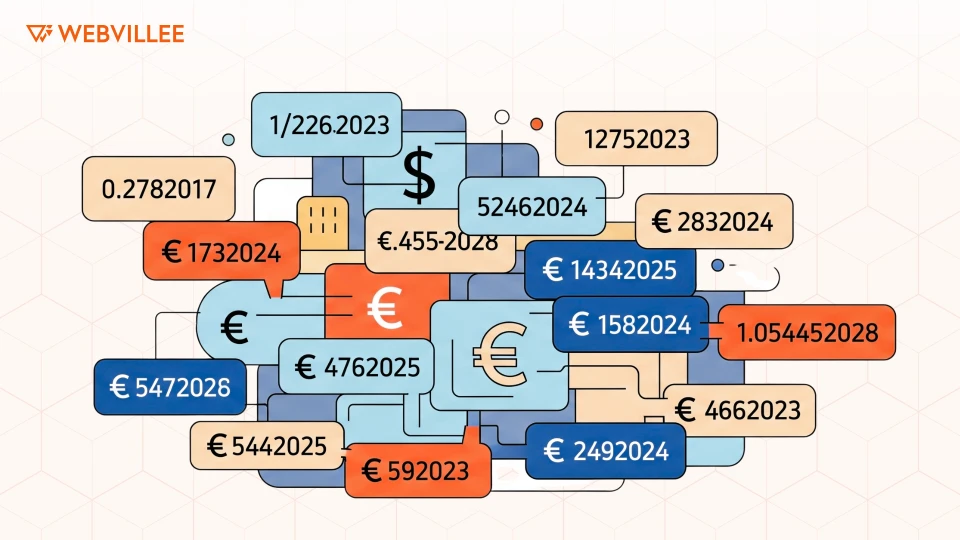
How Can Businesses Prevent Data Quality Risks in Cloud Modernization?
Businesses can prevent risks by auditing data, enforcing governance, and standardizing processes before migration.
The five key risks in cloud modernization include incomplete legacy data, duplicate records, data silos, weak governance, and inconsistent standards. Each of these risks, if ignored, reduces the reliability and efficiency of cloud migration.
Proactive steps for success include:
- Conducting data profiling and cleansing exercises
- Enforcing governance policies with clear ownership
- Applying standardization for formats, naming, and units
By investing in these practices early, businesses can avoid costly rework and delays. For organizations seeking support in this journey, Webvillee offers expertise in cloud solutions and CRM & ERP services that ensure migration success.
👉 Get in Touch to learn how Webvillee can help safeguard your data and streamline cloud modernization.
